Forests cover 31% of the land area on our planet. They help people thrive and survive by, for example, purifying water and air and providing people with jobs; some 13.2 million people across the world have a job in the forest sector and another 41 million have a job that is related to the sector. Many animals also rely on forests. Forests are home to more than three-quarters of the world’s life on land. Forests also play a critical role in mitigating climate change because they act as a carbon sink—soaking up carbon dioxide that would otherwise be free in the atmosphere and contribute to ongoing changes in climate patterns.
But forests around the world are under threat, jeopardizing these benefits. The threats manifest themselves in the form of deforestation and forest degradation. The main cause of deforestation is agriculture (poorly planned infrastructure is emerging as a big threat too) and the main cause of forest degradation is illegal logging. In 2019, the tropics lost close to 30 soccer fields' worth of trees every single minute.
Deforestation is a particular concern in tropical rain forests because these forests are home to much of the world’s biodiversity. For example, in the Amazon around 17% of the forest has been lost in the last 50 years, mostly due to forest conversion for cattle ranching. Deforestation in this region is particularly rampant near more populated areas, roads and rivers, but even remote areas have been encroached upon when valuable mahogany, gold, and oil are discovered.
WWF has been working to protect forests for more than 50 years. WWF works with governments, companies, communities and other stakeholders to promote certification for responsible forest management practices, combat illegal logging, reform trade policies, protect forested areas, and more.

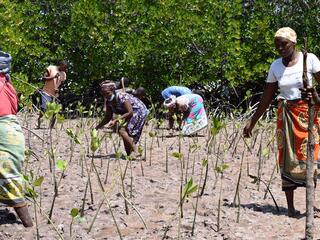
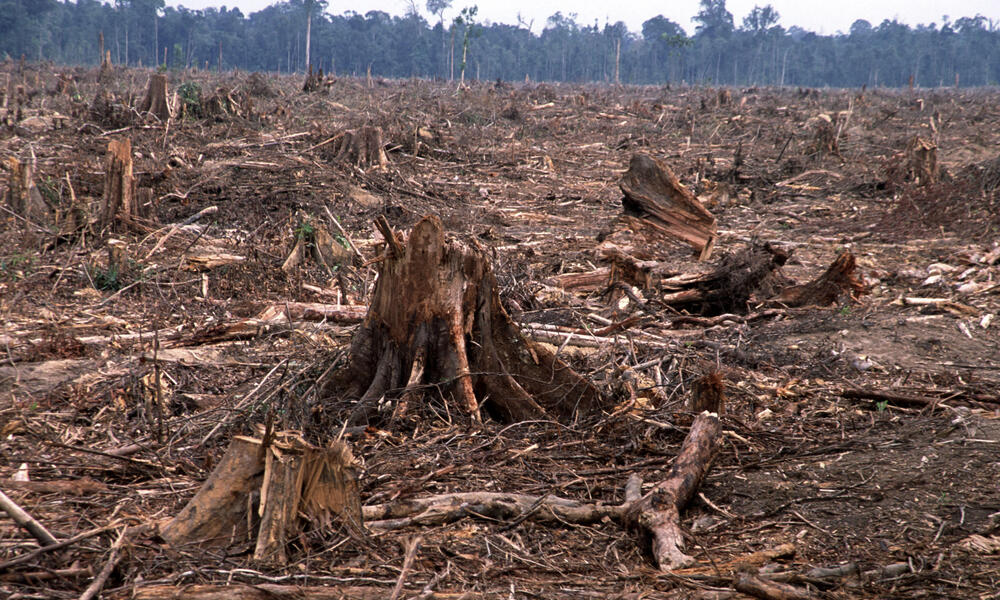



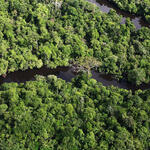 Amazon
Amazon
 Amur Leopard
Amur Leopard
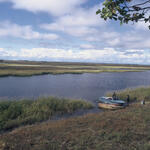 Amur-Heilong
Amur-Heilong
 Asian Elephant
Asian Elephant
 Bonobo
Bonobo
 Borneo and Sumatra
Borneo and Sumatra
 Chimpanzee
Chimpanzee
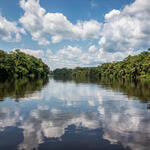 Congo Basin
Congo Basin
 Giant Panda
Giant Panda
 Gorilla
Gorilla
 Greater Mekong
Greater Mekong
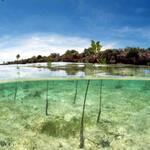 Madagascar
Madagascar
 Orangutan
Orangutan
 Rhino
Rhino
 Southern Chile
Southern Chile
 Tiger
Tiger
 Tree Kangaroo
Tree Kangaroo
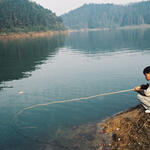 Yangtze
Yangtze
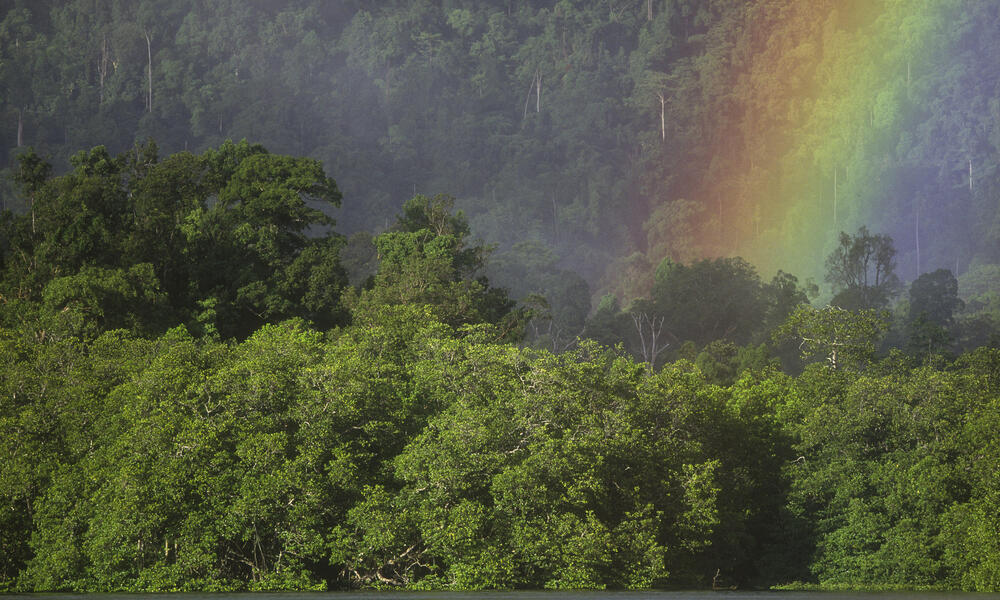


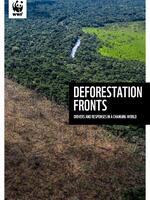
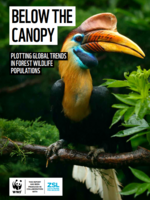
 Kerry Cesareo
Senior Vice President, Forests
Kerry Cesareo
Senior Vice President, Forests
 Linda K. Walker
Senior Director, Corporate Engagement, Forests
Linda K. Walker
Senior Director, Corporate Engagement, Forests
 Josefina Braña Varela
Vice President and Deputy Lead, Forests
Josefina Braña Varela
Vice President and Deputy Lead, Forests
 Amy Smith
Director, Sustainable Natural Rubber, Forests
Amy Smith
Director, Sustainable Natural Rubber, Forests
 Christopher Holtz
Vice President, Earth for Life
Christopher Holtz
Vice President, Earth for Life
 Kate Newman
Vice President, Sustainable Infrastructure and Public Sector Initiatives
Kate Newman
Vice President, Sustainable Infrastructure and Public Sector Initiatives
 Stephanie Cappa
Director, Policy and Government Affairs
Stephanie Cappa
Director, Policy and Government Affairs
 Corey L. Norton
Vice President, Supply Chain Legality, Markets Institute
Corey L. Norton
Vice President, Supply Chain Legality, Markets Institute
 Pablo Pacheco
Global Forests Lead Scientist, Global Science
Pablo Pacheco
Global Forests Lead Scientist, Global Science